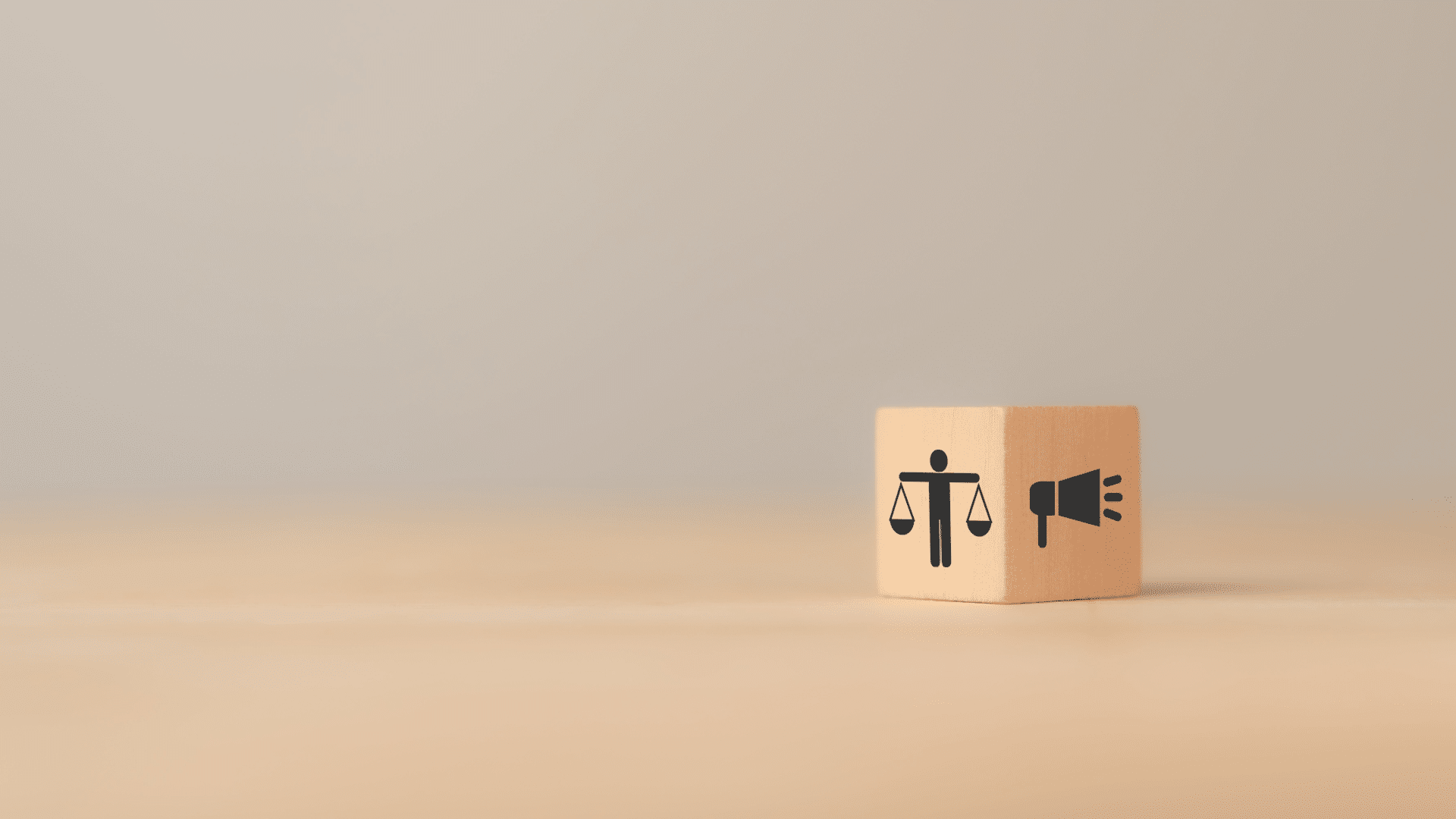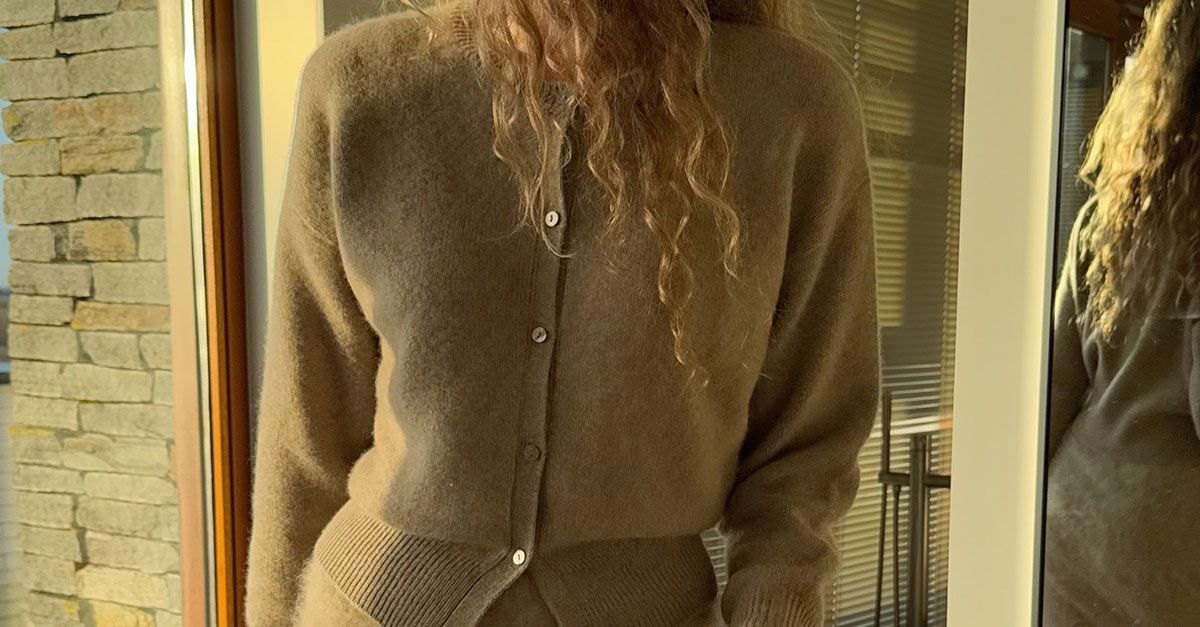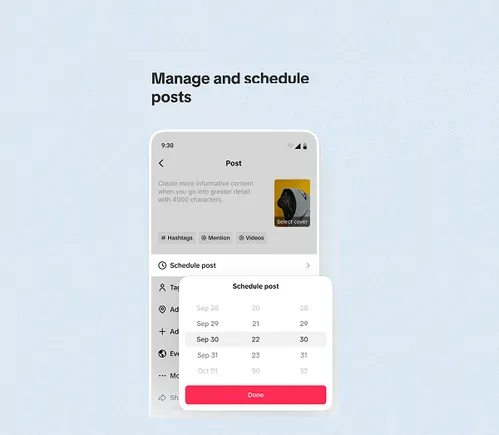D
ry brushing is a simple skincare method that involves gently massaging and exfoliating your skin using a specific brush that has firm, natural bristles. The idea is to use particular brush strokes on dry skin, usually right before taking a shower, to get rid of dry flaky skin or dead cells, make the skin firmer, and encourage blood circulation. While this skincare method is mostly used on the body, it can also be used on the face for the same purpose of exfoliating the skin.
Benefits of dry brushing your face
Dry brushing the skin offers a ton of benefits, including:
- Smooth skin: Dry brushing gets rid of dead skin cells, making your face feel softer and smoother, thus improving the appearance of your skin.
- Improved glow: This procedure boosts the blood flow to your face, which can give you a nice, healthy glow.
- Reduced puffiness: Dry brushing can help reduce puffiness in the face. It may also help the lymphatic system remove waste and toxins. This may reduce puffiness and enhance the overall health of your skin.
- Better product absorption: When you apply moisturizers or serums after dry brushing, your skin may soak them up better. Simply put, it opens the door for your skincare products to work their magic better.
The best way to dry brush your face
- Choose the right brush: Use a brush designed for the face with soft, natural bristles. Avoid using a body brush as it may be too harsh.
- Clean and dry your skin: Ensure your face is clean and completely dry. It will be better to do this right before taking a shower.
- Use gentle strokes: Start with gentle, light strokes. Begin at the center of your face and move outward. Always brush in an upward motion to follow the natural direction of lymphatic drainage.
- Focus on specific areas: Pay extra attention to certain areas, like your cheeks, forehead, and chin for maximum results. Be delicate and adjust the pressure based on your comfort.
- Avoid sensitive areas: Avoid brushing over any broken, irritated, or sensitive skin. Also, steer clear of your eyes and any active breakouts.
- Don’t over-brush: A minute or two of gentle brushing should suffice. There’s no need to overdo it.
- Have a brushing schedule: Two to three times a week is usually enough. Over-brushing can potentially irritate your skin.
Aftercare routine:
- Regularly wash and air dry your brush to prevent bacteria buildup.
- Rinse your brush after dry brushing to remove dead skin cells and dirt.
- Apply moisturizer to keep your skin hydrated after exfoliation.
- If you dry brush in the morning, use sunscreen to protect your newly exposed skin.
Are there any risks?
Yes. While it’s beneficial, there are certain risks associated with dry brushing your skin, including:
- Skin irritation: Dry brushing can sometimes be a bit too rough, leading to skin irritation. Your face might turn red or feel a bit sore if you’re not gentle. Also, using a brush with super stiff bristles can hurt your skin.
- Acne concerns: If you’ve got pimples or other skin issues, dry brushing could make them worse.
- Sensitive skin: If your skin is sensitive, dry brushing might not be your best friend. It can feel uncomfortable or sting a bit.
- Over-exfoliation: Think of dry brushing as a kind of scrub for your face. If you do it too often or too hard, you might strip away your skin’s natural protection, making it more sensitive.
- Cleanliness matters: It’s of the utmost importance to keep your brush clean. A dirty brush can transfer nasty stuff to your skin and possibly lead to infections.
- Bruising: Pushing too hard while dry brushing your face can leave bruises; that’s not the goal!
To stay safe, choose a soft brush meant for faces, be gentle, and adapt your routine to what your skin can handle. And if you have any concerns about your skin, consider chatting with a dermatologist before you dive into dry brushing.
Featured image: PeopleImages/iStock
For the latest in fashion, lifestyle, and culture, follow us on Instagram @StyleRave_
All rights reserved. This material, and other digital content on this website, may not be reproduced, published, broadcasted, cached, rewritten, or redistributed in whole or in part without prior express written permission from STYLE RAVE. Use of and/or registration on any portion of this site constitutes acceptance of our Terms & Conditions and Privacy Policy.
—Read also






































































